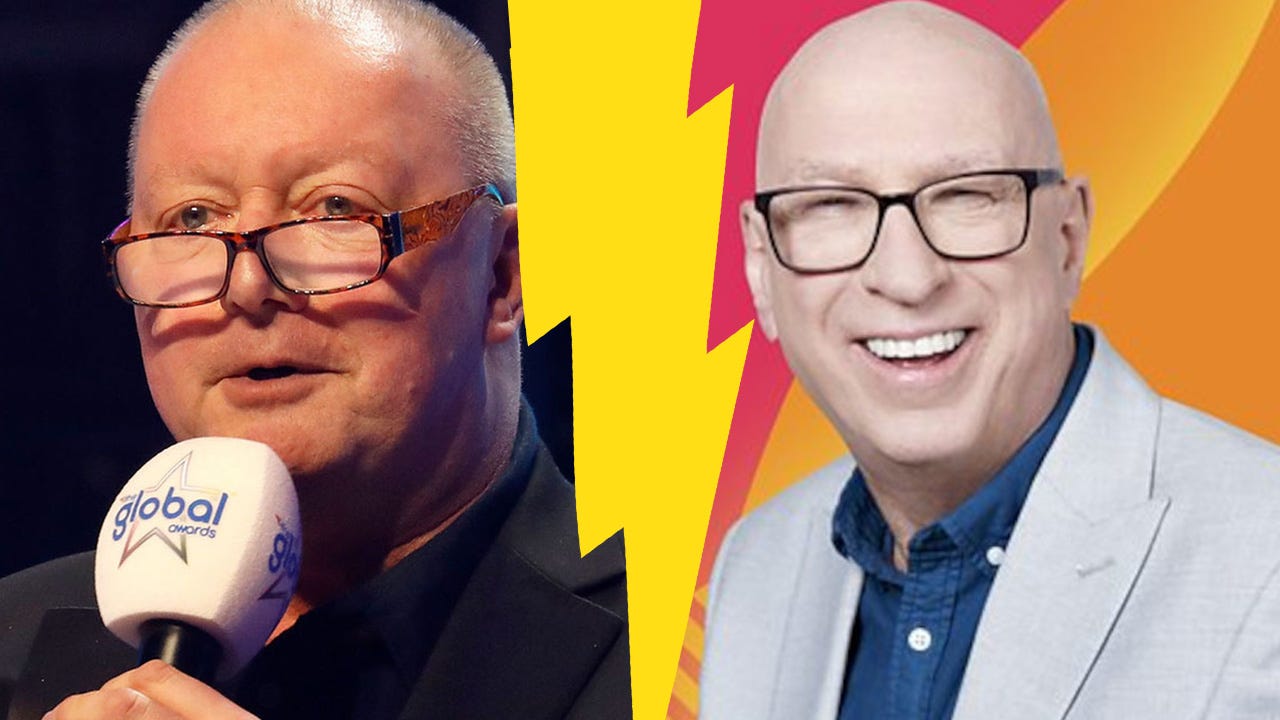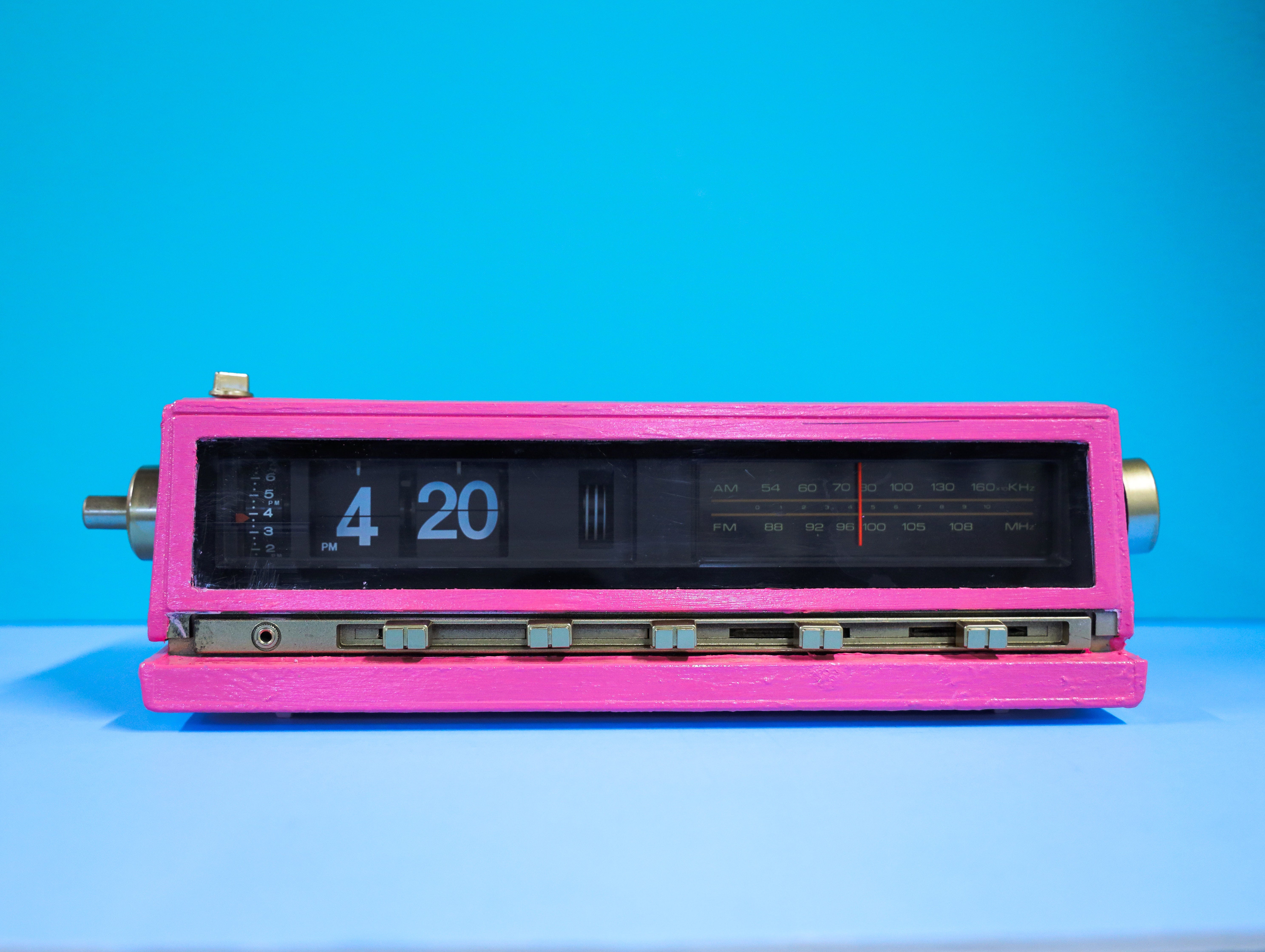In the UK, last week, two DJs were informed that they would be taken off-air…
Month: February 2023
Spotify’s recent Q4 update has resulted in lots of predictions about the future of podcasting,…
In the UK, and in many markets, radio has developed from predominantly local stations into…



